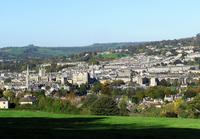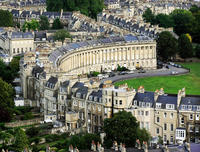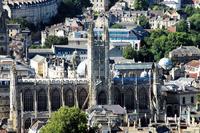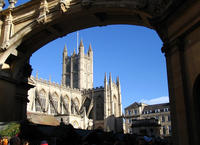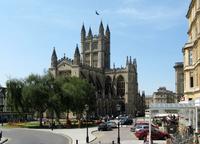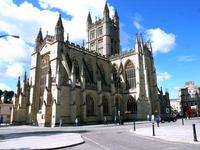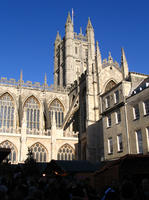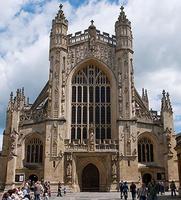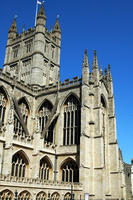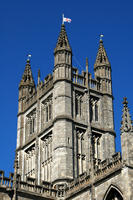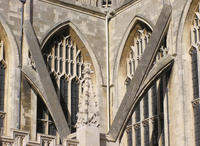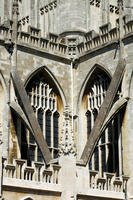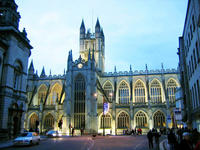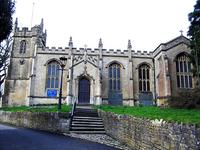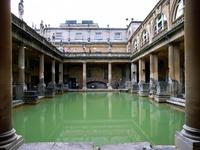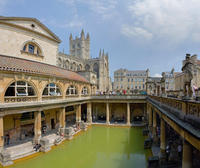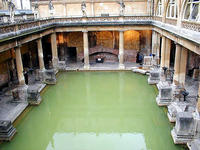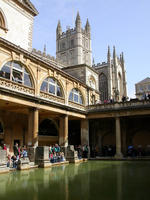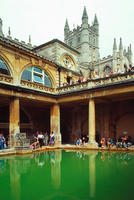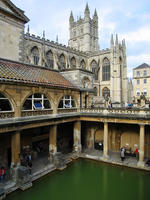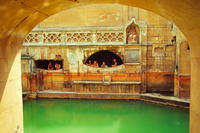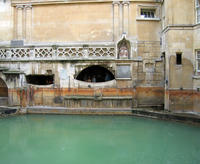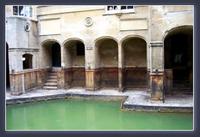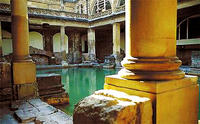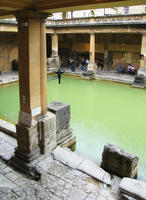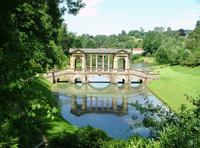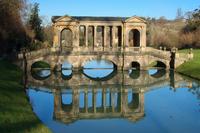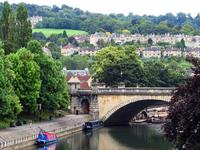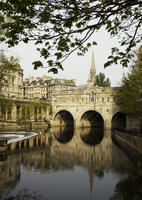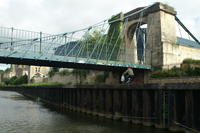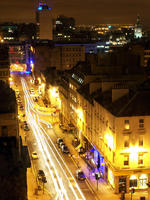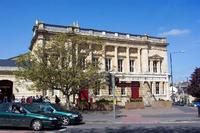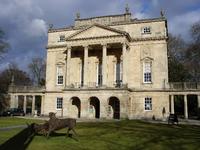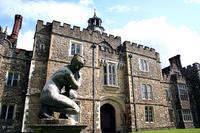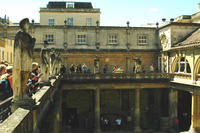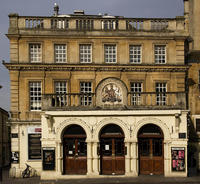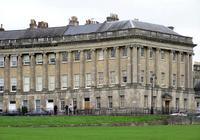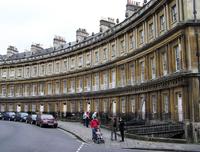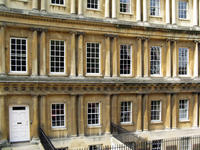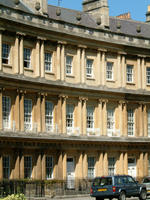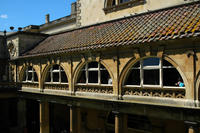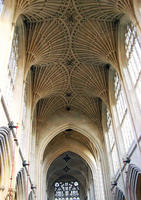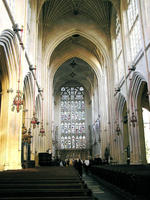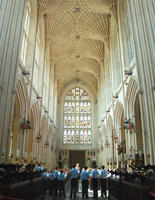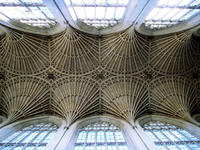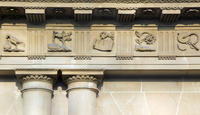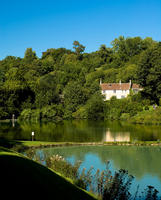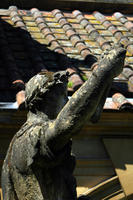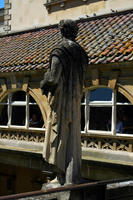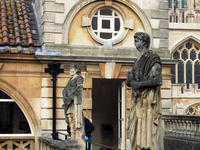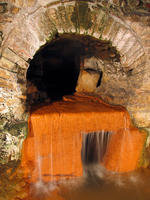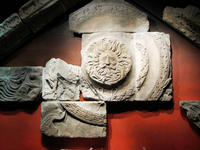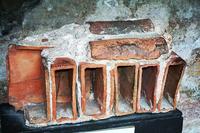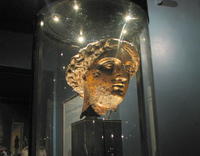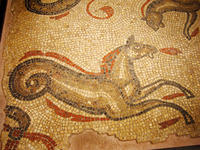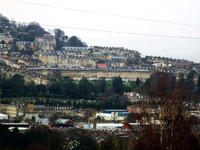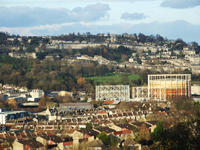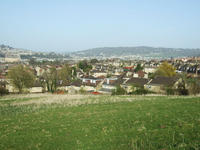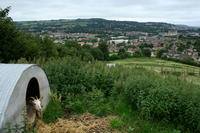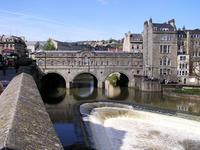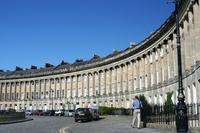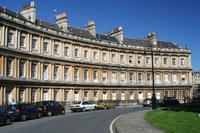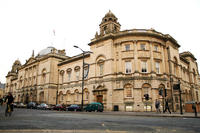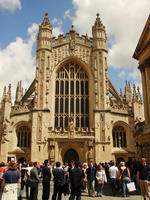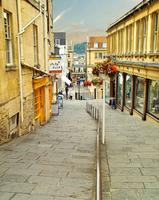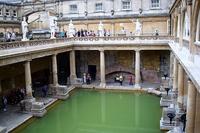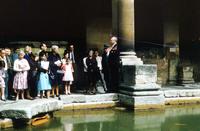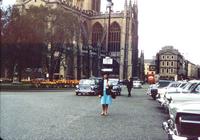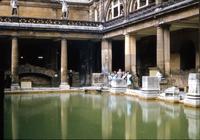You are in: Europe -> United Kingdom. England -> City of Bath, and traditional search or Image Gallery will yield results of this site only
City of Bath
| Site number: | 428 |
|
| Type of site: | Cultural | |
| Date: | Roman era | |
| Date of Inscription: | 1987 | |
| Location: | Europe, United Kingdom of Great Britain and Northern Ireland, England, Avon | |
Up to 75 images are shown here. Click on each for more details or on Image Gallery for more images.
| Description: | The Romans Founded Bath as a thermal spa; in the Middle Ages it became the principal centre of the wool industry. Under George II, in the 18th century, it developed into a graceful town of neoclassical Palladian buildings that harmoniously mingle with the Roman baths. --WHMNet paraphrase from the description at WHC Site, where additional information is available. | |
| Bath is a small city in Bath and North East Somerset, United Kingdom most famous for its historic baths fed by three hot springs. It is situated 99 miles (159 km) west of London and 13 miles (21 km) south east of Bristol. The city is founded around the only naturally occurring hot springs in the United Kingdom. It was first documented as a Roman spa, although tradition suggests that it was founded earlier. The waters from its spring were believed to be a cure for many afflictions. From Elizabethan to Georgian times it was a resort city for the wealthy. As a result of its popularity during the latter period, the city contains many fine examples of Georgian architecture, most notably the Royal Crescent. The city has a population of over 90,144 and is a World Heritage Site. During the 18th century, Bath became the leading centre of fashionable life in England. It was during this time that Bath's Theatre Royal was built, as well as architectural triumphs such as Royal Crescent, Lansdown Crescent, the Royal Crescent, The Circus and Pulteney Bridge. Today, Bath has five theatres — Bath Theatre Royal, Ustinov Studio, the egg, the Rondo Theatre, and the Mission Theatre — and attracts internationally renowned companies and directors, including an annual season by Sir Peter Hall. The city also has a long-standing musical tradition; Bath Abbey is home to the Klais Organ and is the largest concert venue in the city, with about 20 concerts and 26 organ recitals each year. Another important concert venue is the Forum, a 1700-seat art deco building which originated as a cinema. The city holds the Bath International Music Festival and Mozartfest every year. Other festivals include the annual Bath Film Festival, Bath Literature Festival, the Bath Fringe Festival and the Bath Beer Festival. --Wikipedia. Text is available under the Creative Commons Attribution-ShareAlike License. | ||
| Source: | http://whc.unesco.org/en/list/428 | |
| Reference: | 1. UNESCO World Heritage Center, Site Page. | |


